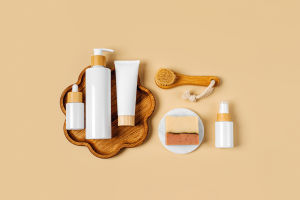Sunscreen plays a crucial role in protecting the skin from harmful ultraviolet (UV) radiation, which can cause sunburn, premature aging, and skin cancer.
To ensure its efficacy, sunscreen products are subjected to rigorous testing standards, which vary across countries.
These standards aim to assess factors such as Sun Protection Factor (SPF), broad-spectrum coverage, water resistance, and safety. A comprehensive analysis of sunscreen testing standards highlights the differences and commonalities that shape global sunscreen regulations.
Sunscreen testing standards are vital for evaluating product performance and ensuring consumer safety. They provide a benchmark for manufacturers to develop formulations that meet specific protective criteria. The testing processes typically involve laboratory and clinical studies, focusing on UVB and UVA protection, as both types of radiation contribute to skin damage.
Testing Standards in Major Markets
United States
In the U.S., the Food and Administration (FDA) regulates sunscreen as an over-the-counter (OTC). SPF testing measures protection against UVB rays, which cause sunburn, while broad-spectrum testing evaluates UVA protection to ensure balanced coverage.
The FDA requires water resistance testing to determine whether the sunscreen remains effective after 40 or 80 minutes of water exposure.
European Union
The European Union (EU) follows testing standards outlined by the European Commission. These standards focus on both SPF and UVA protection, with a unique requirement for UVA protection to be at least one-third of the labeled SPF value. EU standards also include a water resistance test, although it is not mandatory for all sunscreens.
Asia-Pacific
Countries in the Asia-Pacific region, including Japan, South Korea, and Australia, have distinct sunscreen testing standards. Japan and South Korea emphasize cosmetic efficacy and aesthetics, with standards focusing on lightweight formulations that offer high SPF and PA (Protection Grade of UVA) ratings. Australia, known for its high UV exposure, follows stringent regulations.
International Harmonization Efforts
Efforts to harmonize sunscreen testing standards globally have gained traction, driven by organizations like the International Organization for Standardization (ISO). ISO standards provide guidelines for SPF and UVA testing, offering a framework that many countries adopt or adapt.
Challenges and Future Directions
Despite advancements, discrepancies in testing methods and labeling criteria across countries pose challenges for manufacturers and consumers. Aligning global standards could simplify product development and foster consumer trust. Future efforts may focus on enhancing real-world testing methods, such as outdoor studies, to better reflect actual usage conditions.
Sunscreen testing standards in various countries reflect diverse priorities and regulatory approaches. While these differences ensure tailored protection for regional needs, ongoing collaboration and harmonization efforts hold the potential to enhance global sunscreen safety and effectiveness.
By understanding and adhering to these standards, manufacturers can deliver products that meet the highest benchmarks, protecting consumers worldwide!


